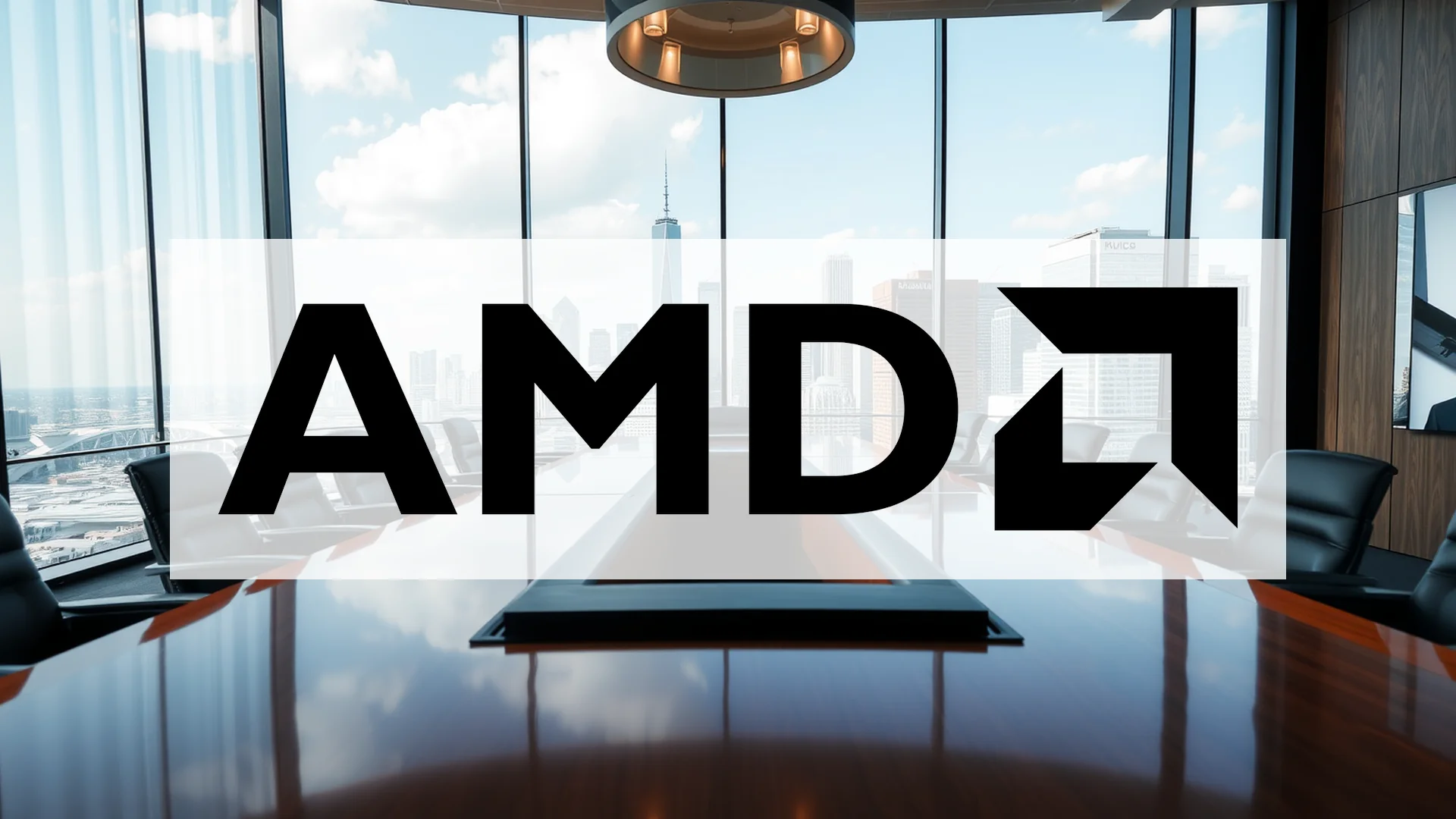A single research note from Seaport Research proved sufficient to send Advanced Micro Devices shares into a downward spiral this week. The firm downgraded AMD from “Buy” to “Neutral,” citing concerns about slowing momentum in the AI accelerator business. This development highlights the intense competitive pressures in the semiconductor sector, where NVIDIA continues to command overwhelming market dominance.
Competitive Landscape Intensifies
NVIDIA’s grip on the AI chip market remains formidable, controlling approximately 94% of the sector. Their data center revenue skyrocketed by 56% to $41 billion, dramatically outpacing AMD’s growth in this critical segment. AMD did achieve a 14% increase in data center revenue, reaching $3.2 billion, but this performance pales in comparison to NVIDIA’s explosive expansion.
The competitive environment grows increasingly challenging as established players like Broadcom expand their presence and even major customers such as Alibaba develop proprietary chip solutions. This crowding of the marketplace creates significant headwinds for AMD’s growth ambitions in artificial intelligence hardware.
Financial Performance Presents Mixed Signals
AMD’s latest quarterly results revealed both strengths and weaknesses. The company posted record revenue of $7.7 billion, demonstrating growth across all business segments. However, profitability metrics showed concerning trends, with adjusted margins contracting from 53% to 43%. Earnings per share also fell short of analyst expectations.
The company faced additional challenges including $800 million in write-downs related to export restrictions affecting China sales. The unexpected departure of AMD’s Chief Accounting Officer further complicated matters during a period when execution excellence is paramount for maintaining investor confidence.
Should investors sell immediately? Or is it worth buying AMD?
Future Prospects Hinge on Next-Generation Technology
Despite current pressures, AMD maintains significant potential with its upcoming MI350 and MI400 accelerator generations. These products promise performance improvements of up to 35 times current levels and could potentially establish AMD as a legitimate competitor to NVIDIA’s dominance. By 2026, the company plans to introduce integrated rack solutions that combine central processing units and graphics processing units.
Market analysts remain generally optimistic about AMD’s long-term trajectory, projecting revenue of $33 billion by 2025 and exceeding $40 billion in 2026. With estimated earnings per share of $6.02 in 2026, shares could potentially reach $199 based on a Nasdaq-typical price-to-earnings multiple of 33 – representing a 32% increase from current levels.
Institutional Investors Maintain Positions
Despite recent share price weakness, institutional investors demonstrate continued confidence in AMD’s strategy. Institutions hold 69.4% of outstanding shares, while short interest remains moderate at 2.96%. Major technology companies including Microsoft, Meta, and Oracle have publicly committed to using AMD’s Instinct accelerators in their operations.
The stock currently trades at a premium valuation with a P/E ratio of 90, significantly above market averages, which necessitates consistent quarterly execution. AMD’s high beta coefficient of 1.92 indicates heightened sensitivity to market fluctuations and potential delays in AI adoption cycles.
The critical question remains whether AMD can transition from market follower to genuine challenger in the AI accelerator space. The success of upcoming product launches will determine whether the current valuation premium is justified or if NVIDIA will maintain its undisputed market leadership unchallenged.
Ad
AMD Stock: Buy or Sell?! New AMD Analysis from December 11 delivers the answer:
The latest AMD figures speak for themselves: Urgent action needed for AMD investors. Is it worth buying or should you sell? Find out what to do now in the current free analysis from December 11.
AMD: Buy or sell? Read more here...










